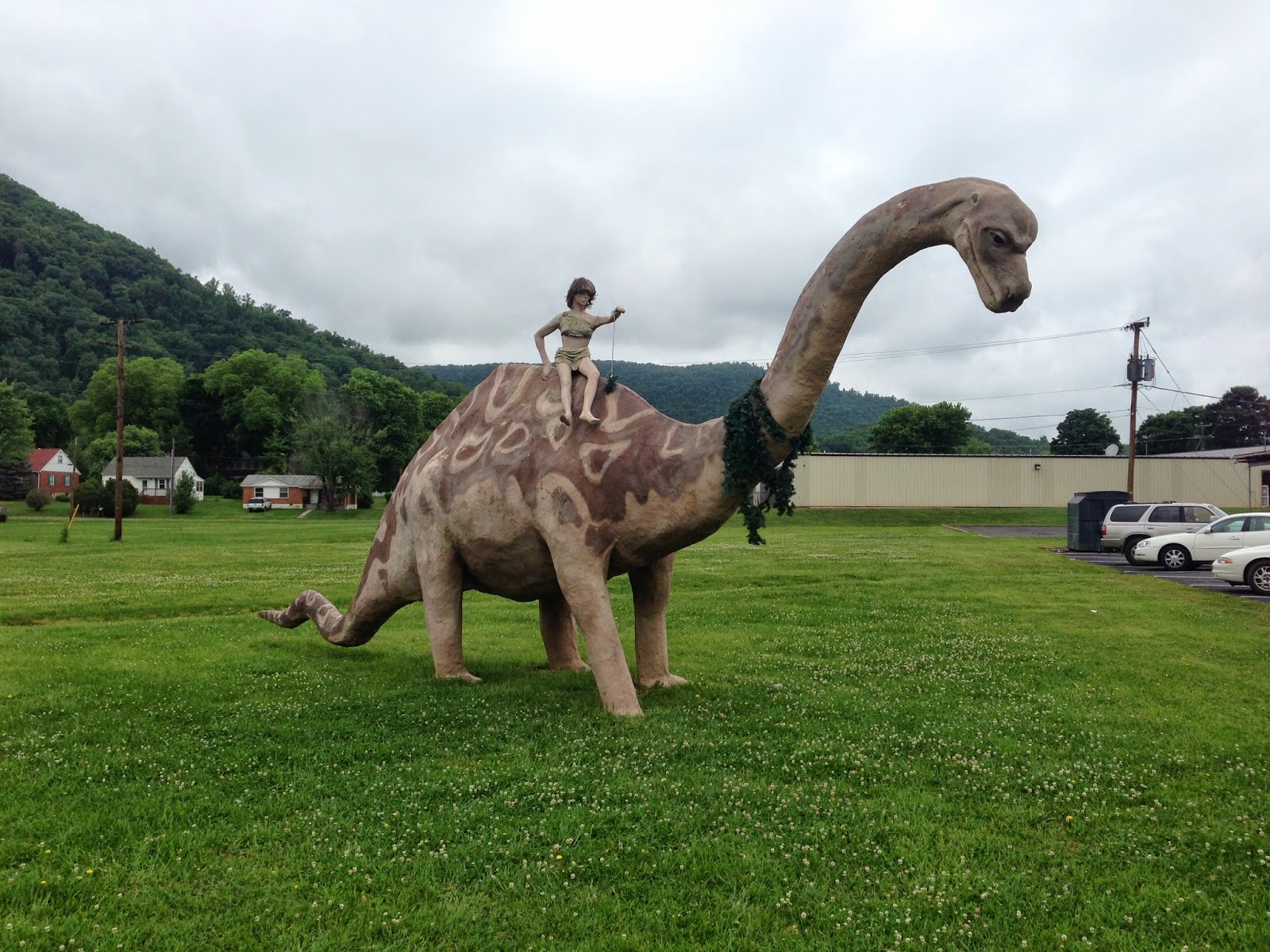When you are hauling all of your belongings up and down mountains all day long, the items you choose to keep in your pack become incredibly important. Most hikers strive to keep their pack weight down and carry only what they absolutely need to stay healthy and somewhat comfortable.
As I made my way from Georgia to Maine, I came to know every item in my pack intimately. If I wasn't using it often enough, I shipped it back home to Austin. By the end of my trip, only the essentials remained.
I tried to narrow this list down to three items or expand it to five to make a nice even number, but I couldn't bring myself to leave any item off or throw one more in just to round out the list. I've only included my absolute favorite pieces of gear. Sure, I was happy with most of my gear choices and continue to use them to this day, but these are the standouts.
Nearly all of my favorite pieces of gear were things that helped me get a good night's sleep. At the end of a long day of hiking, there's nothing better than climbing into your sleeping bag and recharging for the next day's adventures. Many of the items below made it possible for me to sleep like a baby every night.
I have to say that this was hands-down my favorite piece of gear. I had heard rumors that the Thermorest NeoAir XLite pad was loud and easily punctured, so I was hesitant to drop over $100 on it, but I was won over by how light it is! Weighing in at just 12 oz. for the Regular size, I couldn't resist.
This quickly became my favorite piece of gear. Although it did take a while to blow up each night since it is not a self-inflating or closed-cell foam pad, my friends and I would race to see who could inflate theirs faster. Or we'd see who could do it in the fewest number of breaths. I guess we were easily entertained.
Once inflated, the pad provided a cushy cloud that kept me comfortable and warm all night long. It did make a bit of a crunching noise, especially at the beginning of the trail, but I didn't find it very noticeable. If you are sleeping near others, odds are someone will be snoring, nocturnal whip-poor-wills will be calling, or there will be some other offensive noise that is much more obnoxious than a little crinkle from a sleeping pad. Don't lose sleep over it.
I also found this pad to be quite durable, although I did take good care of mine. I slept on it for approximately 180 days and I never experienced a leak. I did notice that it would "deflate" a bit on cold evenings when the air inside of it cooled and compressed, but that was easily remedied with a few extra puffs of air. One of my hiking buddies was messing around in his tent and accidentally dropped his knife blade-first into his inflated NeoAir Xlite. Not missing a beat, he grabbed his patch kit and had it repaired before the pad had even fully deflated. The patch held for the rest of the trip.
PROS:
- Comfortable
- Light (12 oz)
- Compact
CONS:
- Expensive
- May make crinkling noise
- Must manually inflate
- Less durable than closed-cell foam pads
2) Rain Pants
I think rain pants are one of the most underrated pieces of gear on the trail. I know many people don't even carry them, but I found mine invaluable. I used them on a regular basis even though I didn't hike in a very wet year. I find the best uses for rain pants have very little to do with rain. On cold, windy days, I'd slip them on over my shorts and long underwear to keep me warm while hiking. If I wanted to stop for a snack break where the ground was wet, I could pull them out of the front pocket of my pack and use them as a sit pad to avoid soaking my shorts. I also wore them while I did laundry in town.
I purchased my rain pants from the now-defunct GoLite, but many brand sells them. I've linked a similar pair above.
PROS:
- Versatile
- Protection in many types of weather, not just rain
CONS:
- Some may consider them unnecessary weight (7 oz)
I'm a cold sleeper and have poor circulation in my fingers and toes. Sleeping outside in cold weather used to be nearly impossible. I'd try curling into a ball to try to warm my extremities, but that doesn't work well when you are balancing on a coffin-shaped sleeping pad or sleeping in a crowded shelter. When I discovered Possum Down socks, cold weather camping changed forever.
These socks are so soft and warm! Apparently, possum fur is hollow, so it does a great job of trapping heat and is lighter than wool (mine weigh 45 g). It was such a luxury to slip on fluffy, dry socks at the end of a long day of hiking. I find that when my feet and head (see next item) are warm, I can sleep like a baby no matter the weather. I still carry my Possum Down socks with me when I'm traveling, even if I plan to sleep in a hotel. I love them that much!
One drawback to these socks is that they are not designed to be walked in for any length of time, so you shouldn't use these as your hiking socks. I carried two pairs of Darn Tough socks for hiking and kept the Possum Down socks tucked away for when I arrived at camp each night. I definitely think they were worth the extra bit of weight.
PROS:
- Incredibly warm and soft
CONS:
- Not durable for daily wear
- Expensive
4) Down Beanie
Being born in Florida and raised in Texas, I can't say I'm particularly adapted to cold weather. And if I'm cold while I'm trying to fall asleep, forget about it. That's one reason I loved the Black Rock down beanie so much. Yes, I had a hood on my down puffy jacket, but I preferred the down beanie for several reasons. For one, a hood can restrict your visibility and doesn't necessarily move with you when you turn your head. Also, some hoods can't be pulled low on your forehead or snug against your ears the way a beanie can. If I was extra cold, I'd pull my hood over the beanie for an added layer on insulation.
One drawback of this beanie is that, since it is down, it shouldn't be worn in the rain or when you are sweating heavily (although if you are sweating, you wouldn't want to wear a beanie anyway). I rarely found that I needed to wear my beanie when hiking in the rain because the exertion of hiking warmed me up. That said, Black Rock now offers a water resistant version of this same hat for those worried about wet weather hiking and camping. It also now comes in many colors, although my hat is basic black.
This hat is also super lightweight and compact. I purchased a unisex size large to fit over my giant bobblehead and it weighs in at 27 grams. I love this little guy!
PROS:
- Warm
- Lightweight (27 grams)
- Compact
CONS:
- Expensive at $70
- Can't wear in the rain
Have you used any of my favorite items? What did you think? What are your must-have gear items for a few nights out on the trail? I'd love to hear your ideas!























